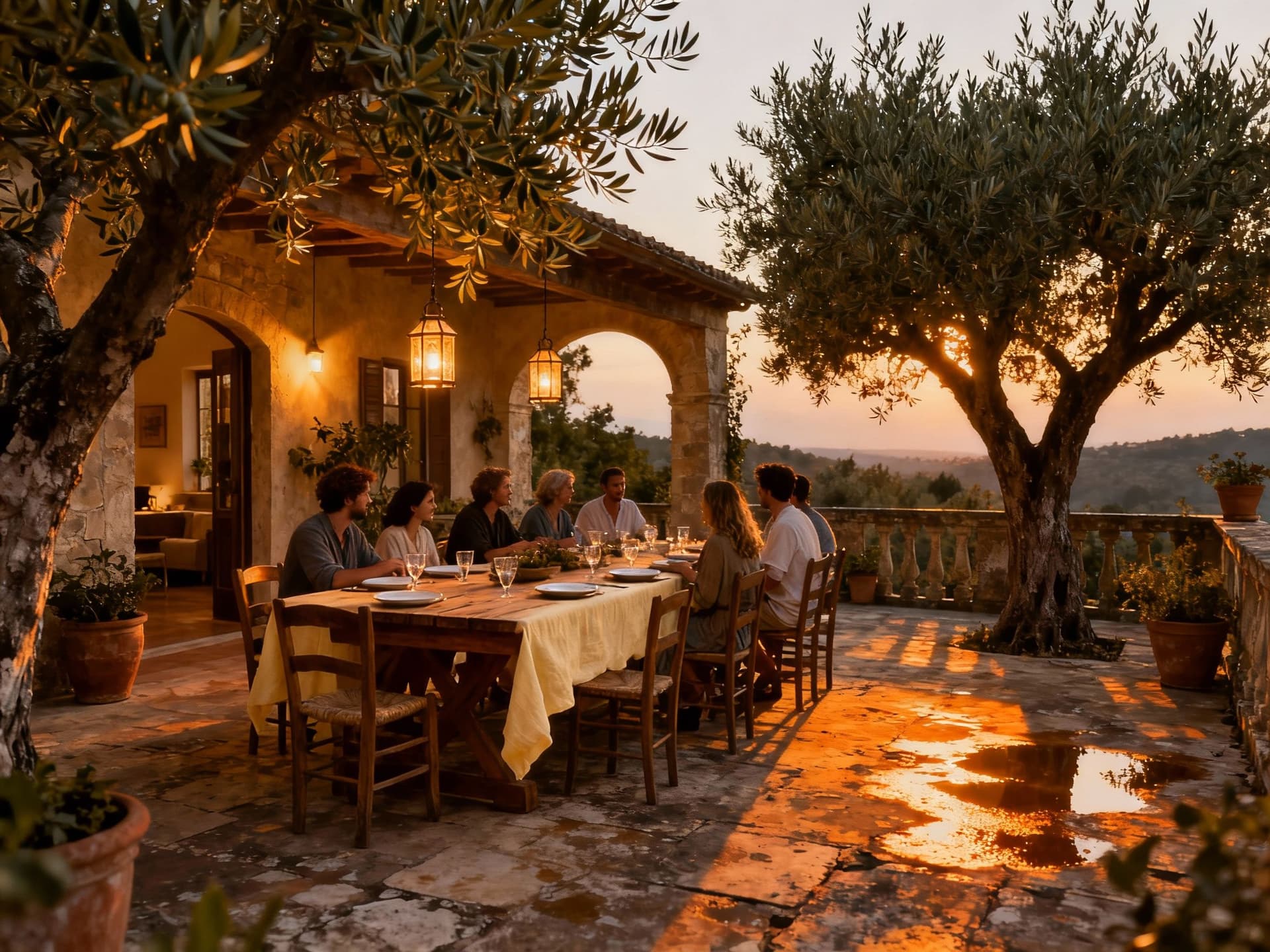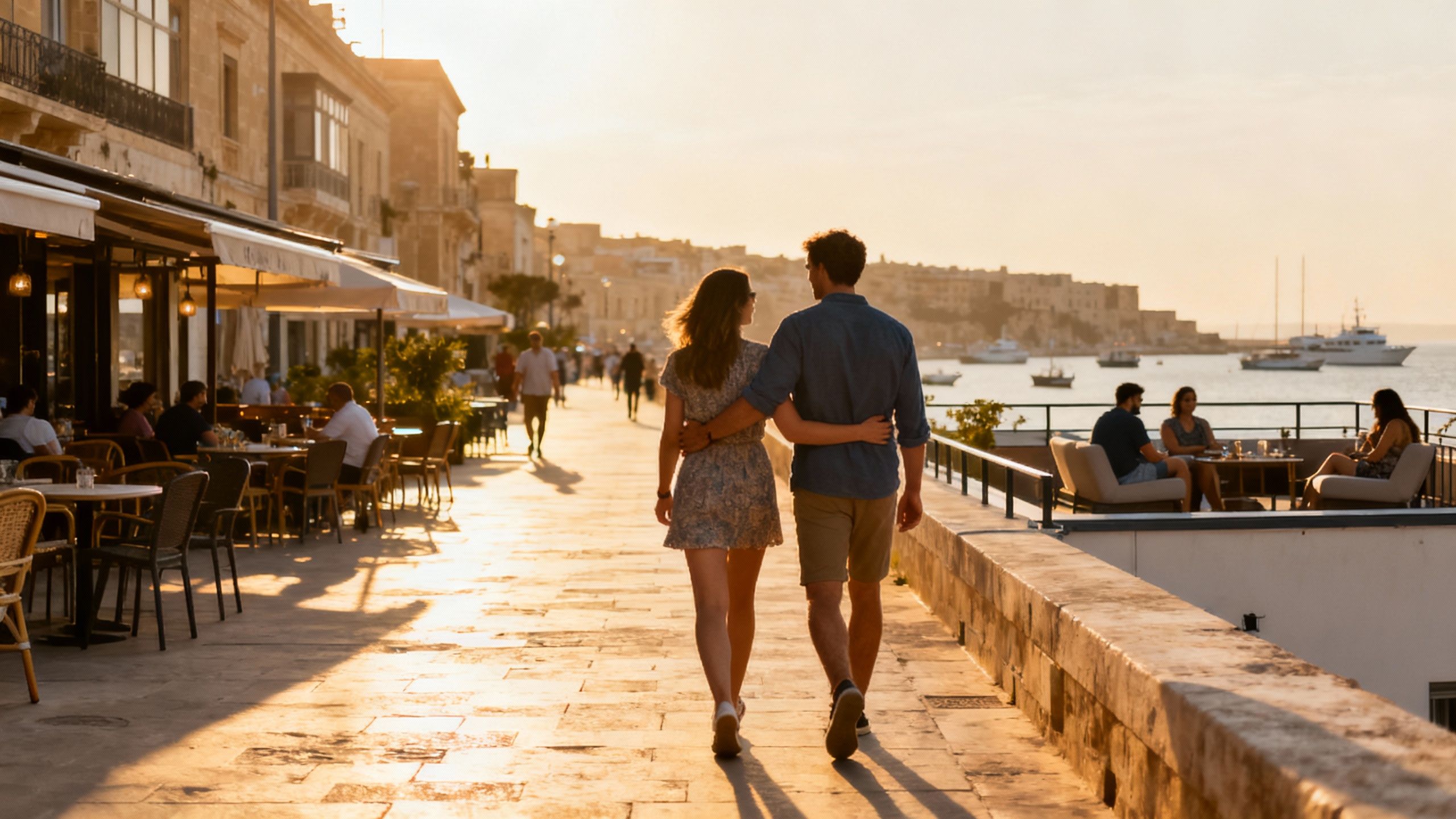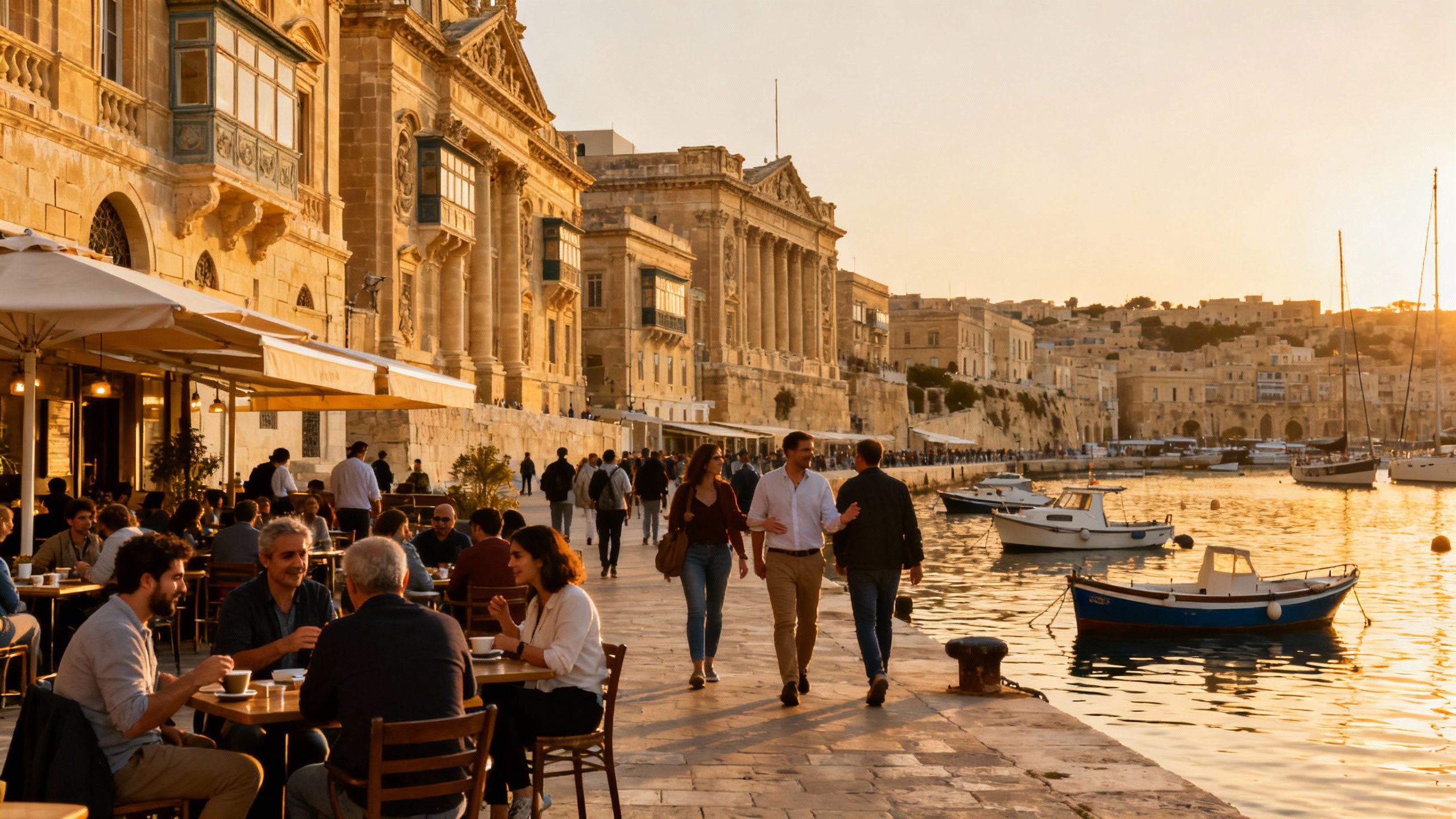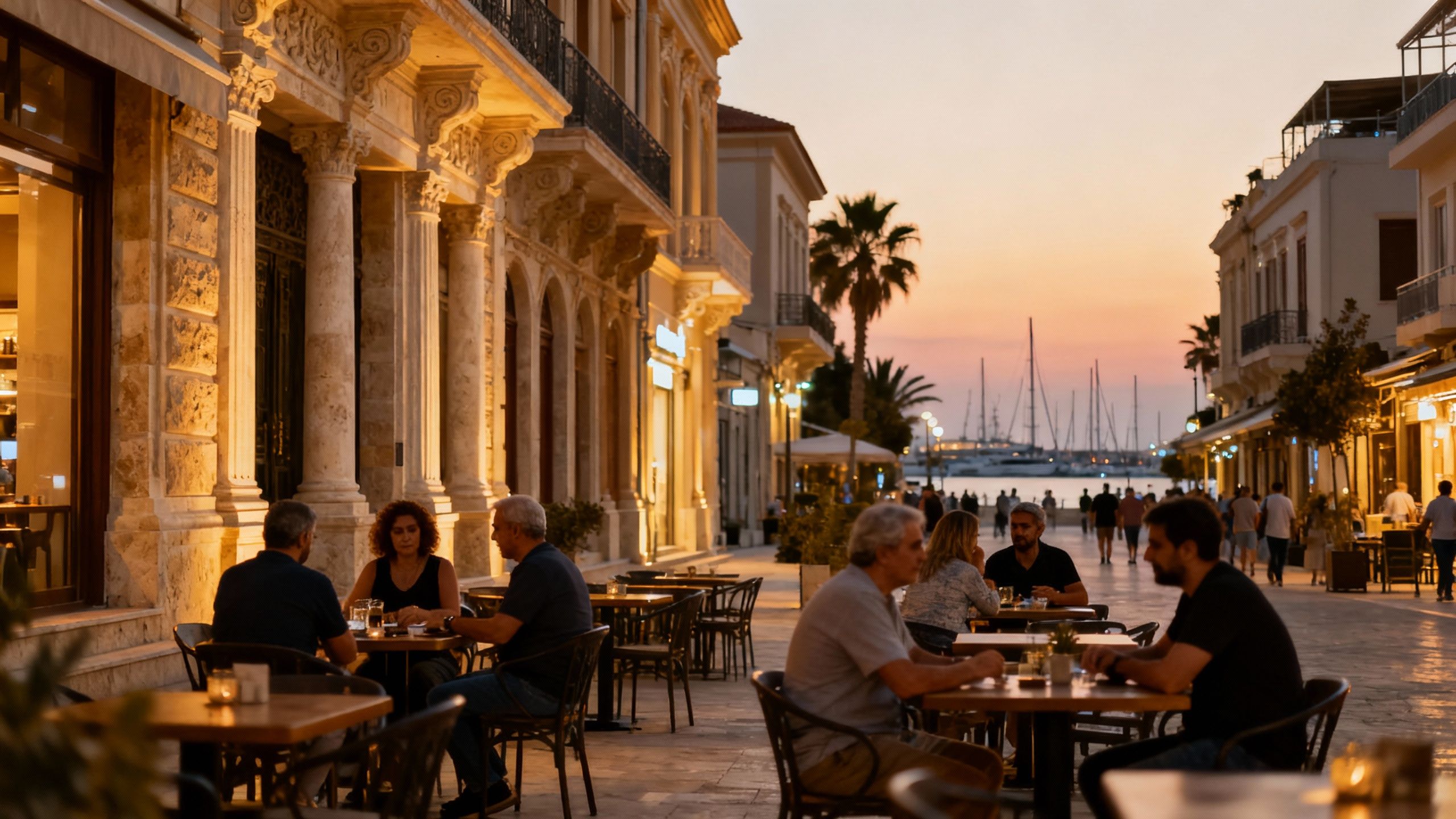Seasonal Living in Italy — Where to Buy for Year‑Round Life
Seasonal rhythms define Italian living; align lifestyle desires with market realities and local expertise to choose where to buy for year‑round life and long‑term value.
Imagine a late autumn morning in Trastevere: a barista pulls an espresso as light slants through a palazzo’s tall windows, and a neighbour unloads crates of persimmons from the mercato. This is the kind of daily theatre that draws many international buyers to Italy — an everyday life shaped by seasons, neighbourhood rituals and architecture that rewards slow attention. Understanding how those rhythms map to property value and long‑term livability is essential when choosing where to invest.
Living the Italian Life — Places that Shape the Day

Italy’s appeal is rarely uniform. Milan offers a brisk, design‑minded tempo and well‑served international connections; Rome offers layered history and pockets of surprising value; the Amalfi Coast and Cinque Terre promise dramatic light and seasonal life by the sea. Each place carries a distinctive cadence: weekday urban intensity in Milan, long piazza afternoons in Florence, and slower coastal seasons where small towns empty and refill with summer life. These cadences inform everything from rental demand to maintenance cycles.
City pulse: Milan, Rome, Florence
Milan’s central neighbourhoods such as Brera and Porta Romana are defined by galleries, ateliers and compact apartment living; expect limited outdoor space but immediate access to cultural institutions. In Rome, Trastevere and Prati offer classical facades, narrow streets and cafés that keep late hours; Oltrarno in Florence rewards those who prize artisan ateliers and proximity to museums. For families seeking gardens and quieter rhythms, the Veneto and Tuscany hinterlands provide larger plots and seasonal agricultural life.
Coast and country: Amalfi, Liguria, Puglia
Coastal areas offer a different calendar: summers filled with markets, terraces and boat access; winters that emphasize solitude and maintenance. The Amalfi Coast (Positano, Amalfi) and Liguria’s Portofino and Cinque Terre cater to those who accept seasonal peaks and the costs of hillside logistics. Puglia’s trulli and whitewashed towns reward patience and offer a quieter year‑round life, with a growing interest from buyers seeking authentic restoration projects.
- Morning espresso in a neighbourhood bar (Trastevere, Brera)
- Weekly food markets and seasonal produce (Mercato di Testaccio, Mercato Centrale)
- Coastal promenades and small‑boat culture (Amalfi Coast, Liguria)
- Artisan workshops and antique dealers (Oltrarno, Borgo Pinti)
Making the Move: Practical Considerations

The romance of Italian daily life must be matched to clear-eyed transaction planning. Recent industry analysis shows modest national price growth and a recovery in transactions supported by easing interest rates, but regional variation is pronounced; Milan and Rome follow different cycles. Prioritise where lifestyle and market dynamics align: do you want a year‑round community, seasonal rental income, or a carefully restored historic home?
Property types and how they live
Italian housing ranges from compact centro storico apartments with frescoed ceilings to rural stone farmhouses and modern penthouses with terraces. Centro storico flats reward careful climate control and sensitive restoration; rural villas require attention to wells, access roads and heritage rules; coastal houses demand masonry and drainage expertise. Match the building type to your intended use — full‑time residence, seasonal retreat, or rental asset — and budget for appropriate conservation and insurance.
Working with local experts who know the lifestyle
- Engage a bilingual notary and a local architect early to assess cadastral conformity, permitted works and likely restoration scope. Secure a local real estate lawyer to review preliminary contracts (compromesso) and tax implications. Use a trusted agent with demonstrable experience in the specific neighbourhood (ask for recent comparable sales and references). Arrange in‑person visits across seasons when possible to observe noise, sunlight and neighbourhood life. Plan for at least 5–10% of purchase price for immediate upgrades and transactional costs.
Insider Knowledge — What Expats Wish They'd Known
Seasonality, bureaucracy and local custom are common sources of surprise. Many new residents underestimate the time required to obtain permits or to register utilities in historic properties. Others discover that vibrant summer towns can be near-empty outside the season. Conversely, buyers who accept those rhythms find deep rewards: local festivals, slow mornings, and convivial neighbourliness that quickly replace the anonymity of a transient life.
Cultural integration and daily life
Learning basic Italian smooths many interactions — from the caretaker (portiere) to the bank manager — and demonstrates respect for the rhythms of local life. Weekends are for markets, family lunches and municipal festivals; many services pause on public holidays. Expats who invest time in neighbourhood associations and local produce markets build a social life more quickly than those who rely solely on expatriate networks.
Long‑term stewardship and investment merit
Consider heritage value, build quality and maintenance when assessing long‑term worth. Recent forecasts expect moderate price increases and strengthening rental demand in many cities, especially where supply is constrained. For the discerning buyer, provenance and authentic restoration often outperform speculative new builds. Adopt a stewardship mindset: the cost of careful conservation is part of the investment in lasting value.
- Check cadastral records and past permits before bidding
- Budget for seasonal maintenance (coastal salt, hillside drainage, roof upkeep)
- Prioritise properties with documented restoration work and artisan craftsmanship
- 1) Visit in two seasons to assess year‑round life. 2) Commission a technical survey and energy assessment. 3) Agree key terms and deposit with a clear timeline for due diligence. 4) Finalise notary and tax arrangements with local counsel. 5) Plan for handover and a local property manager if you will be remote.
Deciding to buy in Italy is deciding to participate in a rich cultural continuity. The right property will offer mornings in a favourite café, neighbours who know your name, and spaces whose materials — stone, timber, ironwork — age with grace. Match that sensory life to pragmatic planning: consult up‑to‑date market reports, secure skilled local advisors, and visit across seasons. When lifestyle and stewardship align, a home in Italy becomes both sanctuary and a generational asset.
Having moved from Stockholm to Marbella in 2018, I help Scandinavian buyers navigate Spanish property law, restoration quality, and value through authentic provenance.


